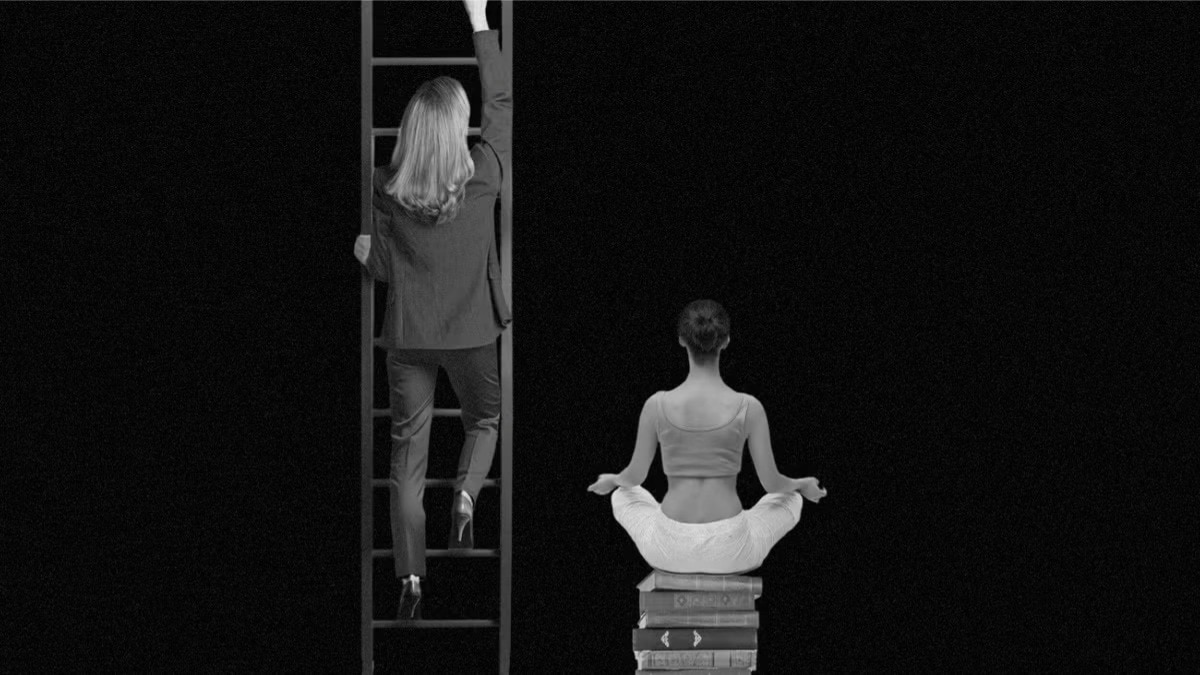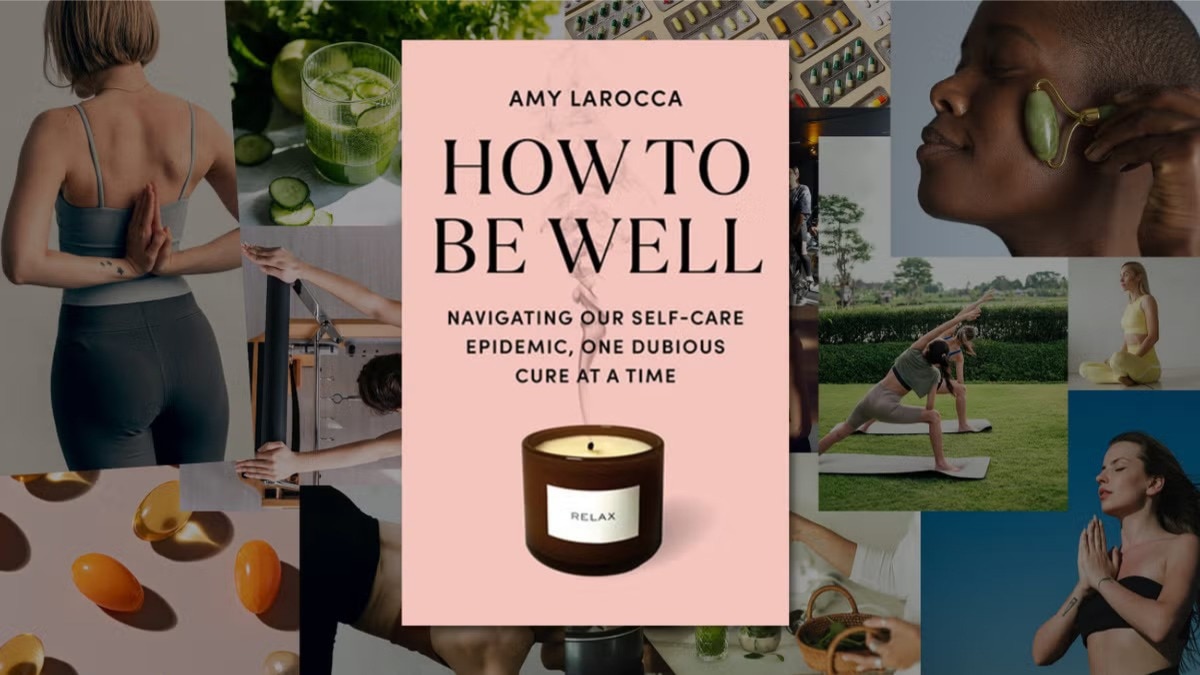
Why we need to talk about IUD insertion and the blinding pain it causes
Birth control that lasts up to 10 years could literally change your life. But there’s a catch: getting it can feel like death.


Your work wife, your sister, all of #IUD TikTok, and anyone else who’s part of one of the loudest whisper networks in the health space, they’ll all tell you about the pinching, the stabbing, and the searing cramps that made them see god. But people can embellish when recounting horror stories, so it’s important to look at hard data, too—like the fact that 78 per cent of women found getting an IUD inserted to be moderately or severely painful, according to a study in the Journal Of Family Planning And Reproductive Health Care. Or that in a recent Cosmopolitan UK poll*, 60 per cent of respondents said the pain was worse than they had been told to anticipate.
So here’s the big question then, the reason this story is even a story. Why do many (if not most) doctors still tell patients that IUD insertion only involves ‘some discomfort’? The answer is—as you’ve probably guessed—complicated. Let’s start with the procedure itself, which honestly just sounds ouch. First, a doctor will use a tenaculum on the outside of your nerve-packed cervix, aka the tube-like tissue at the top of your vagina. They’ll insert a probe-like ruler through your cervical opening to measure your uterus, then remove the ruler and push through a slightly wider device that deploys the IUD, placing it at the tippy-top of your uterus. Next, they’ll withdraw the device, cut the IUD strings (leaving them peeking out of your cervix for when it’s time for removal) and withdraw the tenaculum. The good news? The entire process takes about five minutes or less, says Amanda M Silbermann, medical director of New York University’s Langone Obstetrics and Gynaecology Associates.

When Meghan’s doctor explained she’d feel some light cramping, but only for a few seconds, during her IUD insertion, "I wasn’t nervous about it," she says. "Then I remember saying, “Oh, fuck!” because it was a pain I had never experienced before." She took deep breaths, thinking, "Oh my god, it’s never going to end." Ultimately, Meghan was happy with her IUD, though, she’s just frustrated by the disconnect between the way her doctor described what was coming and what she actually felt.
In the medical community, the thinking is that even if IUD insertion is uncomfortable, it’s over quickly and you get a decade of contraception for your trouble, says Jessica Horwitz, chief clinical officer at Women’s Health Care Clinic Tia. It’s the kind of reasoning often rooted in the institutional dismissing of women’s concerns and complaints—a systemic (and sexist) issue that allows many doctors to accept discomfort as the status quo.
But still… why?
Look, it’s not that doctors DGAF about your pain. It’s just there’s not always that much they can do for it. Unlike with, say, a biopsy, practitioners typically don’t offer any kind of medical-grade relief during or after IUD insertion. Topical numbing cream hasn’t been proven to work. Paracervical blocks, where a local anaesthetic is injected into your cervix before the procedure, could help with the tenaculum part of the process, but equally it might do nothing for when the IUD goes in (anecdotally, this is the most painful part). Some clinicians will recommend 400mg of ibuprofen (occasionally up to 600mg)—though, most non-steroidal anti-inflammatory drugs (such as ibuprofen) aren’t effective in reducing insertion pain in people who haven’t yet given birth. And other studies have found that ibuprofen taken in advance may not reduce post-IUD-insertion pain either. Feeling a little frustrated? You certainly should be.
"Sometimes I joke that if men were having this procedure, it would be done under general anaesthetic," Horwitz says. But the danger associated with going under general anaesthesia is significantly higher than the danger of the IUD insertion process alone, she adds. And injecting local anaesthetic into the cervix is also painful and could just prolong the entire process.
Plus, despite so many women sharing their stories, it’s hard to predict who will and won’t feel blinding pain. Some lucky patients do just experience that mid-level discomfort that doctors speak of (especially after giving birth vaginally, says Horwitz) or almost no pain at all. "Anecdotally," says Dr Silbermann, "We know the procedure is pretty uncomfortable, but overall, patients tolerate it rather well." (See: our earlier note about feeling frustrated!)
The pain vs the gain
Until science takes a more active interest in women’s bodies, we’re left with a birth control option that for many is ridiculously painful to get, but is incredibly effective (IUDs are more than 99 per cent effective, to be precise). In the meantime, your best bet is to team up with an honest doctor or sexual health practitioner. That’s what Claire, herself a doctor, did before getting an IUD. She was told it’d be ‘about seven seconds of the worst pain of your life’—and it was. But still, Claire feels thankful that her doctor was upfront about what felt like being ‘overzealously whacked in the cervix during the most intense period cramp of your life’. All good doctors, she adds, should be equally as straight-talking with their patients.
You should also feel free to ask lots of questions. If you’re nervous, request help for your anxiety or inquire about a paracervical block. Get your doctor to explain the different types of IUD (some are smaller than others) and aim to align your procedure with the tail end of your period, when your cervix is slightly more open. If you don’t feel like you’re being taken seriously, find another doctor or sexual health nurse.
Finally, let your provider know what the insertion really felt like—especially if they downplayed the whole thing. It’s not on you to change the entire system, but being real might encourage more honesty for the next person in the stirrups.
This piece originally appeared in the Aug/Sept 2023 print edition of Cosmopolitan UK.










